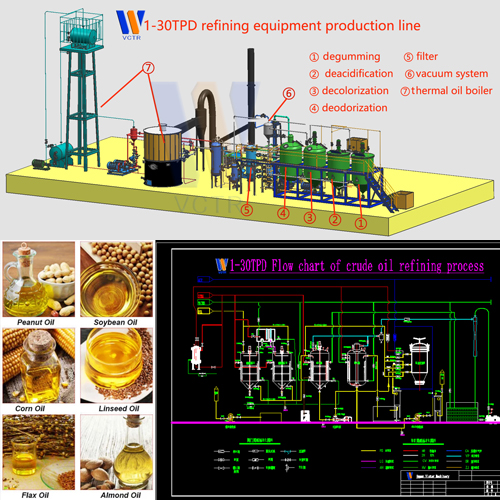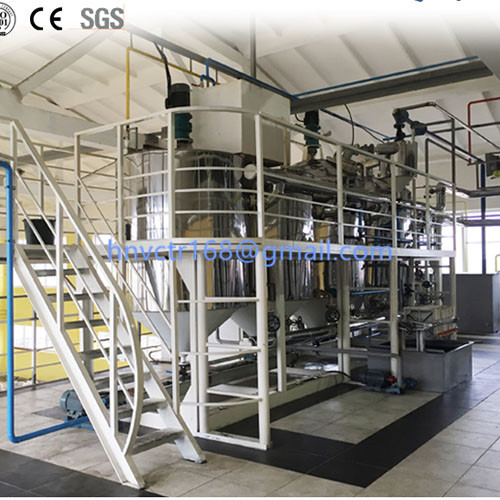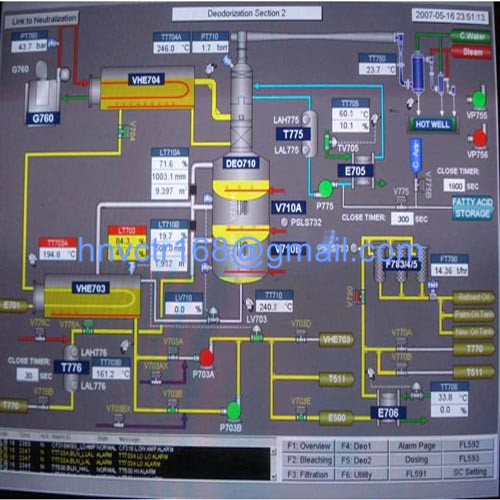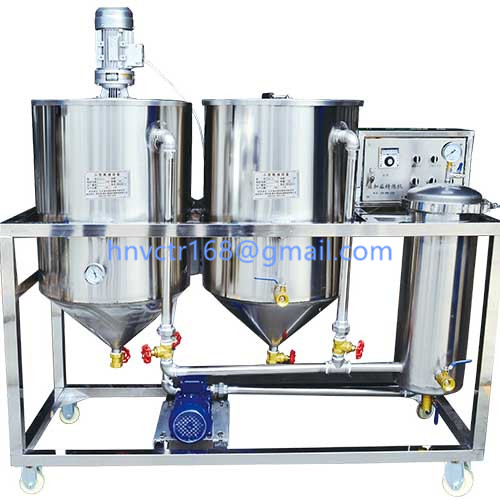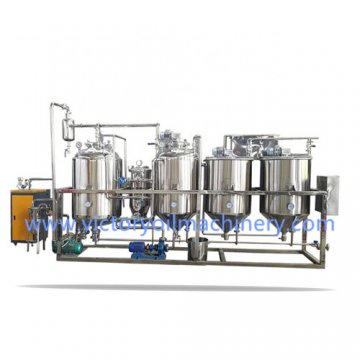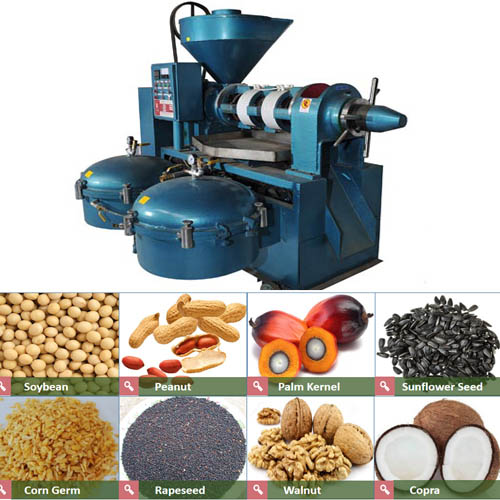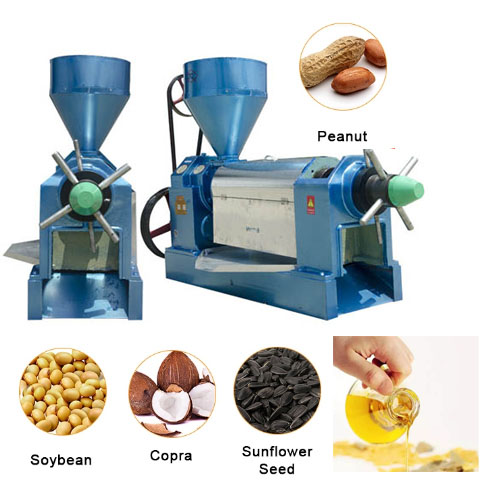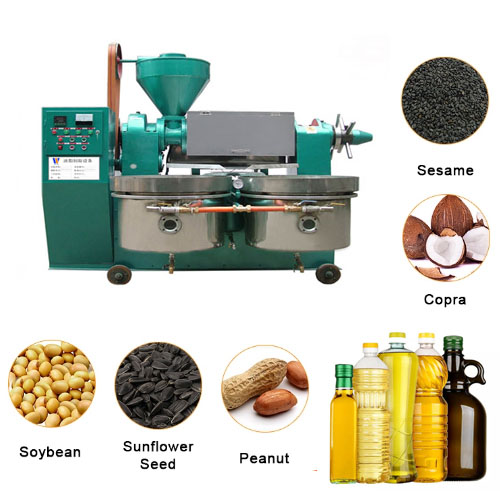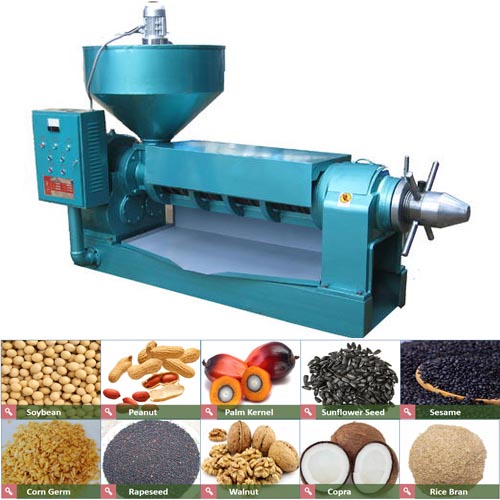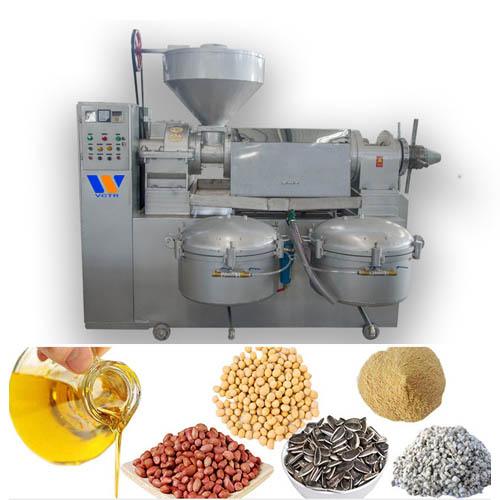Oil refining-Deodorizing(Part 3)
1. Selection principle of process method
① The deodorizing process can be divided into three types: batch type, continuous type and semi-continuous type. The batch deodorizing process should be adopted for the processing capacity less than 20 tons/day; the continuous deodorizing process can be used for the processing capacity greater than 50 tons/day.
②The heating method for continuous deodorizing is the heating method of heat conduction oil, and the steam heating method or electric heating method can be used for batch deodorizing.
③ Before heating and deodorizing, a vacuum deaerator should be installed to remove the air in the oil and prevent the oil from deteriorating at high temperatures.
④ When deodorizing, the direct steam sprayed into the oil should be deoxygenated.
⑤ Appropriate amount of citric acid should be added to the oil before or after deodorizating to improve the quality and stability of the finished oil.
⑥ When conditions permit, appropriate amount of qualified antioxidants can be added to the refined oil, or nitrogen protection can be added.
⑦ In order to improve the quality of oil, all parts, pipelines, valves, pipe fittings, instruments, etc. that contact hot oil above 150°C in continuous deodorizing are made of stainless steel. Carbon steel and air can only be contacted when the oil temperature is cooled below 70°C.
⑧ In order to save energy, the heat recovery rate of the continuous deodorizating process should be above 60%.
2. Consumption indicators
Citric acid: 0.2 kg/ton;
Cooling water volume: ≤17m3/ton;
Electricity (380 volts, 2 206.5 watts, 50 Hz): ≤ 25 kW·h/ton;
Steam (1 MPa): ≤240 kg/ton;
Coal (calorific value 21 MJ/kg): ≤15 kg/ton;
Refining consumption ≤1%.
3. Health protection
①Exhaust gas emissions
The highest emission concentration of the flue gas of the heat transfer furnace is 200 mg/m3.
②Waste water discharge
The waste water discharged from the Water seal pool meets the "Integrated Waste water Discharge Standard". Waste water discharge ≤13m3/ton.
Hot tags:Deodorizing,Batch deodorizing,Continuous deodorizing,Semi-continuous deodorizing,Deodorizing Consumption indicators
① The deodorizing process can be divided into three types: batch type, continuous type and semi-continuous type. The batch deodorizing process should be adopted for the processing capacity less than 20 tons/day; the continuous deodorizing process can be used for the processing capacity greater than 50 tons/day.
②The heating method for continuous deodorizing is the heating method of heat conduction oil, and the steam heating method or electric heating method can be used for batch deodorizing.
③ Before heating and deodorizing, a vacuum deaerator should be installed to remove the air in the oil and prevent the oil from deteriorating at high temperatures.
④ When deodorizing, the direct steam sprayed into the oil should be deoxygenated.
⑤ Appropriate amount of citric acid should be added to the oil before or after deodorizating to improve the quality and stability of the finished oil.
⑥ When conditions permit, appropriate amount of qualified antioxidants can be added to the refined oil, or nitrogen protection can be added.
⑦ In order to improve the quality of oil, all parts, pipelines, valves, pipe fittings, instruments, etc. that contact hot oil above 150°C in continuous deodorizing are made of stainless steel. Carbon steel and air can only be contacted when the oil temperature is cooled below 70°C.
⑧ In order to save energy, the heat recovery rate of the continuous deodorizating process should be above 60%.
2. Consumption indicators
Citric acid: 0.2 kg/ton;
Cooling water volume: ≤17m3/ton;
Electricity (380 volts, 2 206.5 watts, 50 Hz): ≤ 25 kW·h/ton;
Steam (1 MPa): ≤240 kg/ton;
Coal (calorific value 21 MJ/kg): ≤15 kg/ton;
Refining consumption ≤1%.
3. Health protection
①Exhaust gas emissions
The highest emission concentration of the flue gas of the heat transfer furnace is 200 mg/m3.
②Waste water discharge
The waste water discharged from the Water seal pool meets the "Integrated Waste water Discharge Standard". Waste water discharge ≤13m3/ton.
Hot tags:Deodorizing,Batch deodorizing,Continuous deodorizing,Semi-continuous deodorizing,Deodorizing Consumption indicators

